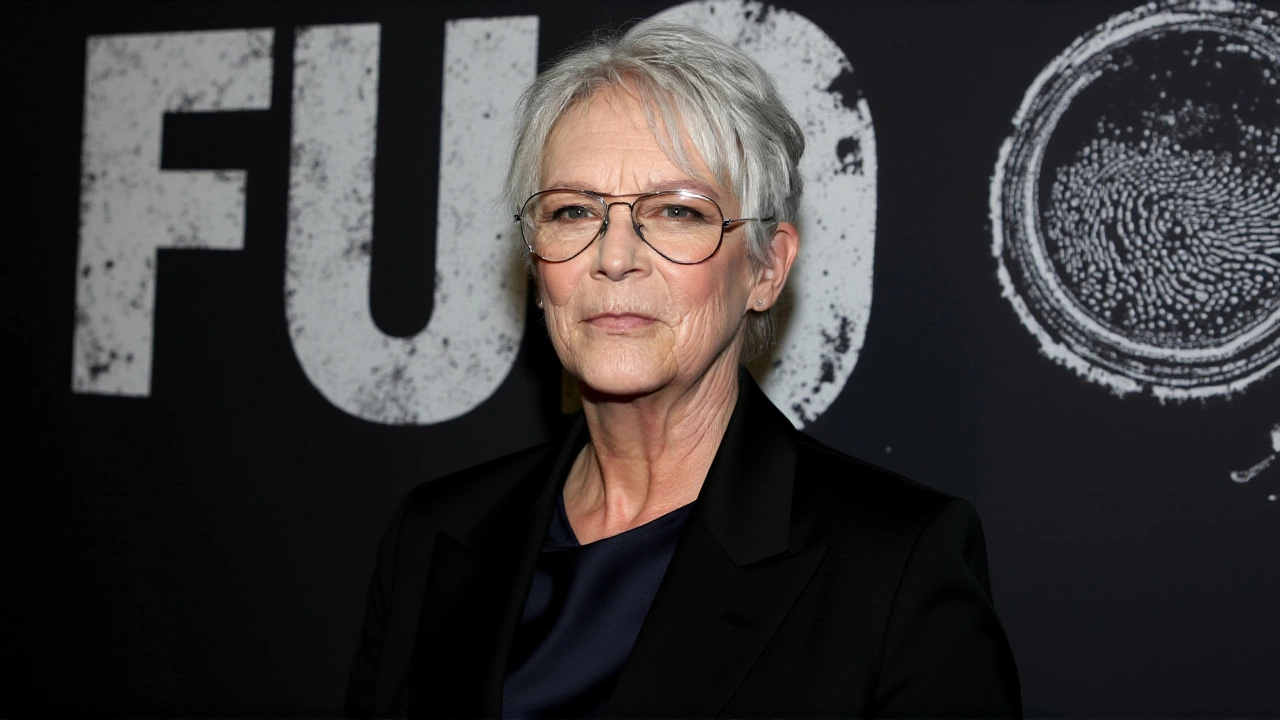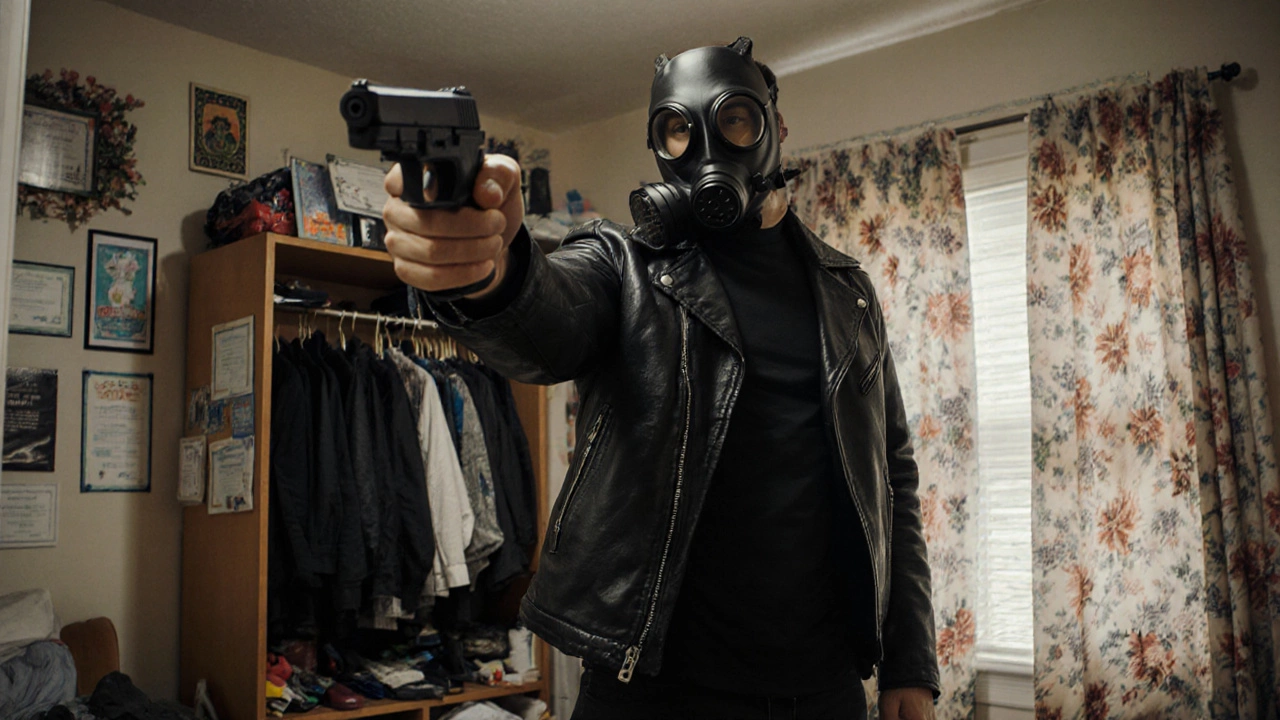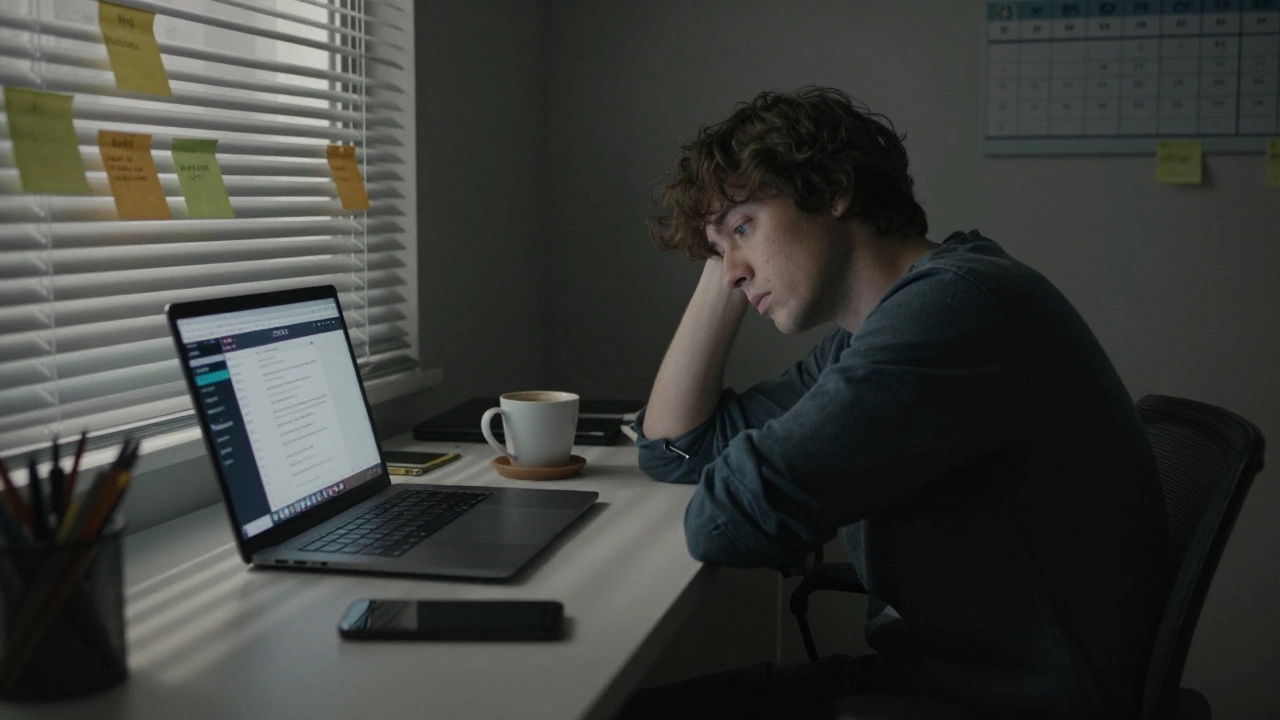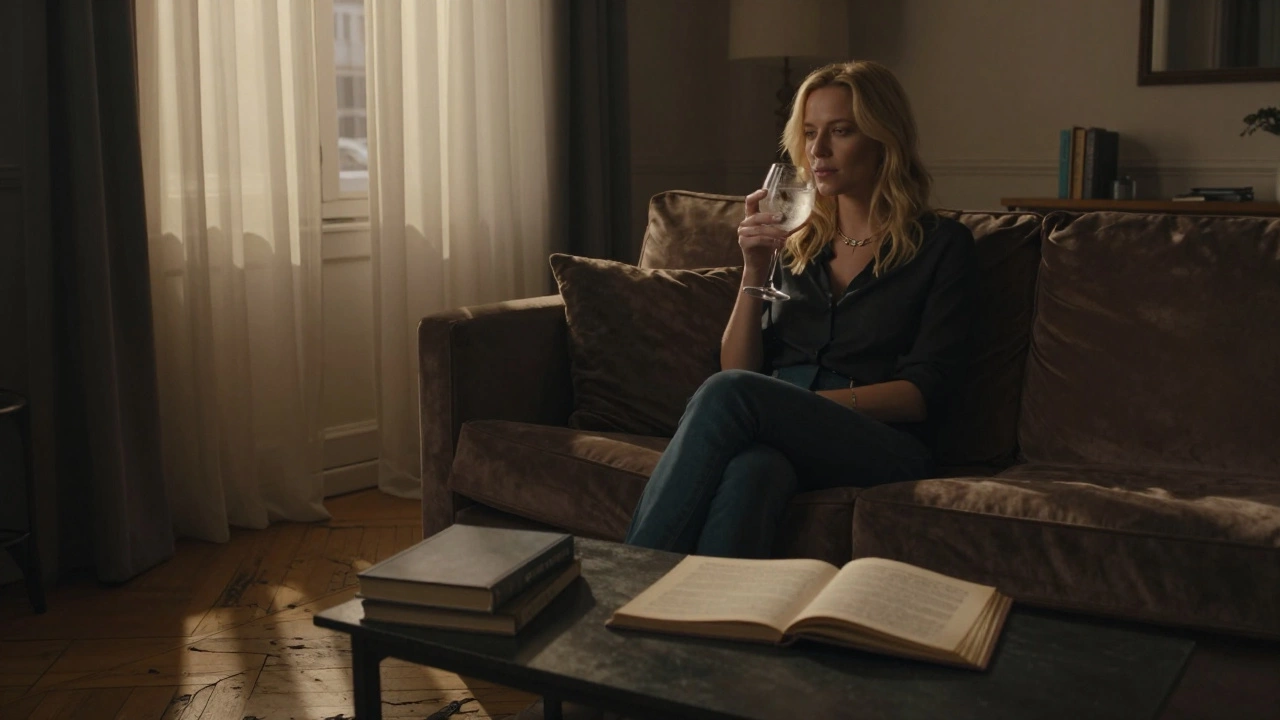Crime & Justice
When talking about Crime & Justice, the combined field that covers criminal activity, legal processes and the pursuit of fairness. Also known as Criminal Law, it brings together police work, court rulings and society’s rules about right and wrong. This category pulls together stories that show how investigations, trials and verdicts shape everyday life.
Key concepts that drive the conversation
One of the most powerful tools in modern Forensic Evidence, scientific analysis used to link suspects to crimes is DNA testing, which can make or break a case. When forensic evidence is solid, it fuels a Legal Retrial, a second trial that re‑examines a verdict with new information and can overturn years‑old convictions. In the Barry George retrial, fresh photographic analysis and disputed residue claims highlighted how a single piece of evidence can change the entire narrative.
Every criminal case starts with a Criminal Investigation, the systematic gathering of facts, witnesses and physical clues. Investigators map out suspects, follow leads and preserve the scene, creating the foundation that prosecutors and defence lawyers later argue over. A strong investigation often leads to a fair trial, while gaps can result in wrongful convictions that later need a legal retrial.
The justice system itself is a complex network of courts, statutes and precedents. It requires judges to interpret law, juries to weigh evidence, and lawyers to present arguments. When the system works, it balances public safety with individual rights. When it falters, high‑profile cases like Jill Dando’s murder remind us that even the most experienced detectives can miss critical details, prompting calls for reform.
Media coverage also shapes public perception of crime and justice. Headlines can paint suspects as villains before any trial, influencing jury pools and political pressure. That’s why objective reporting—like the updates you’ll find here—matters. It cuts through sensationalism, giving you the facts you need to form an informed opinion.
Below you’ll find a curated list of articles that dive deep into these themes. From the latest forensic breakthroughs to analyses of landmark retrials, each piece adds a piece to the larger puzzle of how societies handle wrongdoing and strive for fairness.
Ready to explore real cases, new evidence and the inner workings of the legal process? Keep scrolling to see the stories that illustrate the many facets of Crime & Justice.
Jamie Lee Curtis clarifies 'mistranslated' remarks on Charlie Kirk after shooting backlash
Jamie Lee Curtis clarified her emotional remarks about Charlie Kirk after his 2024 campus shooting, stating her comments on his faith were mistranslated — not an endorsement. She faced threats for expressing empathy across ideological lines.
Oakland Mourns John Beam: Slain 'Last Chance U' Coach Shot at Laney College
John Beam, the beloved 'Last Chance U' coach and Laney College athletic director, died after a targeted shooting at his Oakland campus. Suspect Cedric Irving Jr., a former high school athlete, was arrested. The community mourns a mentor who changed countless lives.
Barry George Acquitted in Jill Dando Murder Retrial
Barry George's 2008 retrial for the killing of TV presenter Jill Dando unfolded at the Old Bailey with new photographic evidence and a contested forensic claim. The prosecution painted him as an obsessed fan, while the defence offered an alibi that put him elsewhere. Key residue evidence was ruled inadmissible, weakening the case. After weeks of testimony, the jury returned a not‑guilty verdict on August 1, freeing George after seven years behind bars. Police later described the killing as a professional hit, leaving the case still unsettled.





